Unlock the Secrets to Flawless Ceramic Tile Polishing: Expert Techniques for Timeless Beauty
Exploring the In-Depth Process of Professional Ceramic Tile Polishing
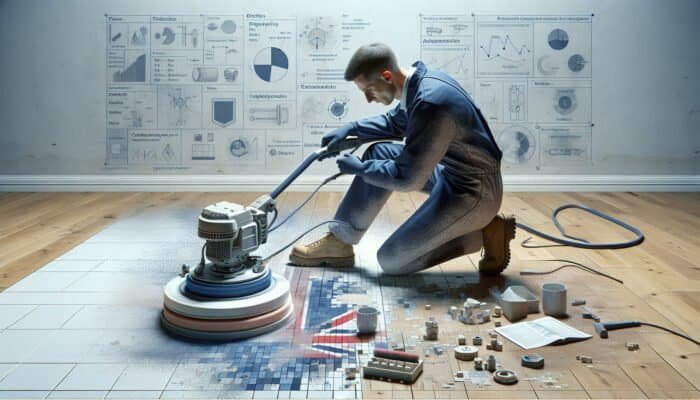
The art of professional ceramic tile polishing encompasses a meticulous and detailed methodology designed to restore the original brilliance and smooth feel of ceramic surfaces. This thorough process not only amplifies the visual allure of the tiles but also considerably extends their lifespan, making it a sought-after service for both residential and commercial spaces across the UK. Over time, ceramic tiles can lose their shine due to various factors, including heavy foot traffic, accidental spills, and daily wear and tear. Advanced polishing techniques utilize cutting-edge technology and specialized methods to efficiently buff the tile surface, eliminating imperfections while revitalizing its aesthetic appeal. This comprehensive approach not only enhances the beauty of the tiles but also adds a protective layer that increases their resistance to future damage, ensuring they maintain their stunning appearance for many years.
When performed expertly, professional ceramic tile polishing can transform dull and lifeless tiles into vibrant surfaces that beautifully reflect light, significantly elevating the overall atmosphere of any environment. This transformation is particularly vital in high-traffic areas such as kitchens and bathrooms, where tiles are especially prone to staining and loss of shine. The polishing process typically involves the use of diamond polishing pads and specialized machinery, achieving a refinement level that far surpasses what traditional manual cleaning can offer. Ultimately, this thorough process not only uncovers the inherent charm of the tiles but also enhances the overall value of the property, making it a prudent investment for homeowners and business operators alike.
Discovering the Wide-Ranging Benefits of Ceramic Tile Polishing
Engaging in professional ceramic tile polishing provides a multitude of advantages that extend far beyond mere aesthetic improvements. One of the most significant benefits is the remarkable extension of the lifespan of ceramic tiles. By carefully eliminating surface scratches and stubborn stains, the polishing process helps to prevent deeper damage that could lead to costly replacements down the line. Enhanced durability is particularly advantageous for tiles situated in high-traffic environments, ensuring they can withstand the rigors of busy households and active commercial spaces.
Moreover, polished tiles contribute to a heightened level of hygiene. The smooth, glossy surfaces created during the polishing process make it difficult for dirt and bacteria to cling, thus simplifying cleaning. This aspect is especially crucial in spaces like kitchens and bathrooms, where maintaining cleanliness is paramount. A polished finish also aids in repelling moisture, which decreases the likelihood of mold or mildew formation, thereby promoting a healthier living environment for everyone.
From a visual standpoint, polished ceramic tiles greatly enhance the aesthetic appeal of any room, fostering a more inviting and sophisticated atmosphere. The glossy finish evokes a sense of luxury and elegance, transforming ordinary spaces into extraordinary environments. Homeowners often find that polished surfaces can create an illusion of greater space, as they reflect light beautifully and add depth to the decor, making rooms feel more expansive and welcoming.
Recognizing the Ideal Times for Ceramic Tile Polishing
Understanding when to invest in professional ceramic tile polishing is essential for preserving the beauty and integrity of your tiles. A clear sign that polishing may be necessary is visible dullness or a significant decline in shine. When tiles lose their luster, they can detract from the overall aesthetic of your home or business. If standard cleaning methods fail to restore their former brilliance, it may indicate that a more intensive approach, such as professional polishing, is required.
Persistent stains or discoloration that remain even after diligent cleaning efforts can also signify the need for polishing. Over time, spills and dirt can become embedded in the tile surface, making them difficult to remove without expert assistance. Additionally, if you notice chips or cracks in your tiles, while polishing may not fully resolve these issues, it can certainly enhance their overall appearance while you consider necessary repairs.
Finally, if you are preparing to sell your property, investing in professional ceramic tile polishing can significantly boost its market appeal. A polished and pristine appearance can attract potential buyers and potentially increase the final sale price. Regular polishing not only preserves the condition of the tiles but also reflects a commitment to property maintenance, which is a crucial consideration for many prospective buyers.
Essential Preparations for Successful Ceramic Tile Polishing
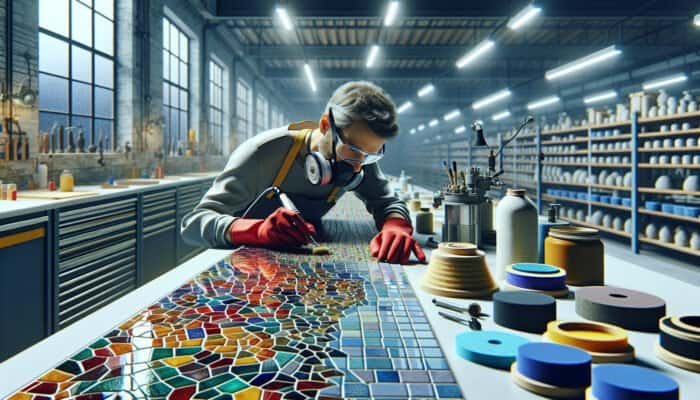
Conducting a Thorough Assessment of Your Tiles’ Condition
Before embarking on professional ceramic tile polishing, it is crucial to perform a comprehensive evaluation of the tiles’ condition. This assessment involves checking for cracks, chips, or significant stains that will influence the most effective restoration strategy. Minor imperfections can often be polished away; however, more severe issues may require repairs before commencing the polishing process. For example, if large cracks or structural damage are present, addressing these concerns first will ensure that the polishing process does not exacerbate existing problems.
A meticulous inspection should also include checking for uneven surfaces, which may need additional attention during the polishing process. Tiles that have been improperly installed or have shifted over time may not respond optimally to polishing without prior adjustments. Identifying these issues early can save both time and money in the long run, preventing further damage during the polishing phase.
Furthermore, it is essential to consider the type of tile material. For instance, glazed ceramic tiles may require different care compared to unglazed varieties. Understanding the specific material will help in selecting the appropriate polishing products and techniques, thereby achieving the best results. In summary, a thorough assessment sets realistic expectations for the polishing endeavor and ensures the tiles receive the most suitable treatment.
Pro Tip: Top Products for Daily Maintenance Cleaning
Effective cleaning is a crucial initial step in preparation for professional ceramic tile polishing. Before any polishing can begin, it is vital to eliminate dirt, grime, and residues that may hinder the polishing process. A thorough cleaning regimen should involve utilizing cleaning agents specifically formulated for ceramic tiles. It is advisable to steer clear of harsh chemicals that could potentially harm the glaze or finish of the tiles.
Start by sweeping or vacuuming the area to remove loose dirt and debris. Following this, a mop dampened with a pH-neutral cleaner will assist in lifting stubborn stains. For heavily soiled areas, a more concentrated solution may be necessary, but always ensure it is safe for ceramic tiles. An effective cleaning routine will significantly enhance the results of the polishing process, allowing the polishing compounds to perform optimally on a thoroughly clean surface.
After cleaning, it is essential to rinse the tiles thoroughly to remove any residue. This step is crucial; any remnants of cleaning solution can negatively impact the polishing compounds, potentially leading to an unsatisfactory finish. Once the tiles are clean and dry, you can confidently proceed with the polishing, establishing a solid foundation for a revitalized surface.
Selecting the Right Polishing Equipment for Outstanding Results
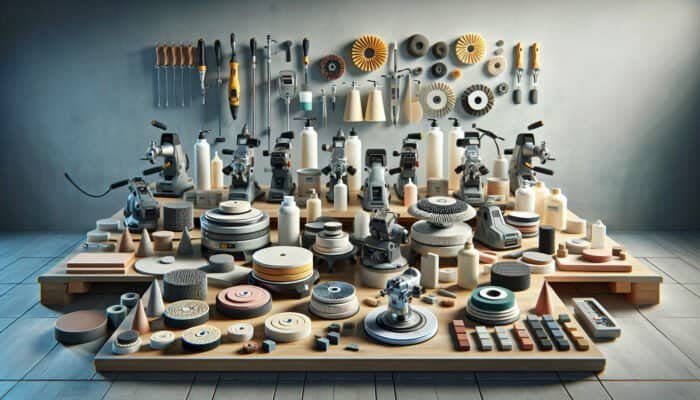
Selecting the right tools for professional ceramic tile polishing is critical for achieving exceptional outcomes. The chosen polishing machine and pads should be suitable for the specific type of ceramic tile being treated. For instance, rotary polishers are commonly utilized for flat surfaces, whereas handheld devices may be necessary for edges and corners.
Polishing pads come in various grit levels and materials; coarse pads are used for initial buffing to eliminate scratches and stains, while finer pads are reserved for the final stages to achieve a high-gloss finish. It is essential to select pads explicitly designed for ceramic tiles to avoid causing damage. Using the incorrect pad can lead to surface scratches or an unsatisfactory shine.
Additionally, consider investing in high-quality polishing compounds. These compounds are specially formulated to enhance the polishing process and can significantly affect the final finish. For those who prefer not to purchase machinery outright, rental options are also available, especially for one-off projects. Ultimately, the right tools and materials will streamline the process and deliver professional-quality results.
A Detailed Overview of the Ceramic Tile Polishing Process
Executing a Step-by-Step Polishing Procedure for Success
Successfully carrying out professional ceramic tile polishing requires diligence and adherence to a structured method. Begin with coarse polishing pads to tackle imperfections such as scratches and stains. This initial phase is vital, as it lays the foundation for the following polishing steps. Working in small sections ensures thorough coverage. Maintaining a steady pace is crucial, allowing the machine to operate effectively without applying excessive pressure that might inadvertently damage the tiles.
After completing the coarse polishing stage, transition to medium pads to further refine the surface. This step helps smooth out any remaining blemishes and prepares the tiles for a finer finish. As you progress, it is vital to regularly monitor your work, paying close attention to areas that may require additional focus and adjusting your technique based on the tiles’ condition.
The final step involves using fine polishing pads to achieve a glossy shine. At this stage, it is essential to apply a polishing compound suitable for your specific tile type. Moreover, applying a quality sealant after polishing is highly recommended; this adds a protective layer and prolongs the longevity of the finish. By meticulously following these steps, you will achieve a professional-grade finish that significantly enhances the appearance of your ceramic tiles.
Addressing Common Challenges in the Polishing Process
During professional ceramic tile polishing, various challenges may arise that complicate the quest for the desired outcome. A frequent issue encountered is uneven surfaces. If tiles have not been properly installed or have settled over time, polishing may accentuate these imperfections instead of rectifying them. Addressing such problems may require a re-grouting or leveling procedure before polishing begins.
Another common challenge can be stubborn stains. Certain stains may have penetrated deeply into the tile surface, rendering them difficult to remove with standard polishing techniques. In these situations, it may be necessary to employ more aggressive cleaning methods before proceeding with polishing. For deep-seated stains, using a specific stain remover designed for ceramic tiles can be effective; however, caution should be exercised to follow the manufacturer’s instructions to avoid damaging the tile surface.
Finally, working in high-humidity environments can complicate the polishing process, as moisture may impact the adhesion of polishing compounds. It is wise to consider the environmental conditions prior to starting your project, ensuring adequate ventilation and suitable weather conditions. By being aware of these challenges, you can strategize and adapt your approach for a successful polishing experience.
Strategies for Achieving a Flawless Professional Finish
The hallmark of professional ceramic tile polishing is reflected in the quality of the finish achieved. To start, utilizing high-quality polishing compounds is vital. These products can significantly elevate the results, yielding a durable and glossy surface that will endure over time. For optimal outcomes, ensure that the compounds used are compatible with the specific type of ceramic tile being polished.
Buffing plays a crucial role in attaining that flawless finish. After applying the polishing compound, utilize a clean buffing pad, moving in circular motions to work the compound into the tile surface. This technique not only amplifies the shine but also ensures an even application across all areas. Regularly assess your progress, making adjustments to your technique as necessary to maintain consistency.
Finally, the post-polishing application of a sealant can serve to protect the surface and maintain its pristine appearance for an extended period. A quality sealant helps repel water and stains, thereby prolonging the life of the polished tiles. This factor is particularly critical in areas such as kitchens and bathrooms, where tiles are more vulnerable to damage from spills and moisture. By focusing on these elements, the professional finish will be both visually appealing and durable.
Selecting the Best Polishing Compounds for Exceptional Results
Choosing the right polishing compounds is a pivotal aspect of professional ceramic tile polishing that can greatly influence the final outcome. The appropriate compound will depend on the specific material of the tile and the desired finish. For example, certain compounds are formulated to be more effective on glazed tiles, while others are tailored for unglazed varieties. It is crucial to read product labels and seek professional recommendations if you are uncertain.
When selecting polishing compounds, consider their grit level. Coarser compounds are suitable for the initial stages of polishing to eliminate scratches and stains, while finer compounds are used for achieving that final glossy finish. Researching product reviews and consulting with experts can assist you in making informed decisions, ensuring that the compounds selected will yield impressive results.
Furthermore, using the correct quantity of compound is essential for effective polishing. Insufficient amounts may fail to produce the desired shine, while excessive application can lead to a messy finish and reduced efficacy. Testing a small, inconspicuous area can help determine the correct quantity and technique before proceeding with the entire surface. Making informed decisions regarding polishing compounds will significantly enhance the overall effectiveness of the polishing process.
Best Practices for Maintaining Your Polished Ceramic Tiles
Creating a Consistent Daily Cleaning and Maintenance Routine
To ensure the longevity of your newly polished ceramic tiles, establishing a consistent daily cleaning routine is essential. Regular maintenance not only preserves the shine but also prevents the buildup of dirt and grime that can dull the surface over time. Utilize gentle, pH-neutral cleaners specifically formulated for ceramic tiles, avoiding acidic or abrasive substances that can strip away the protective layer established during the polishing process.
Implementing a straightforward cleaning regimen that includes sweeping or vacuuming followed by mopping can make a significant difference. Using a soft mop helps to prevent scratches on the polished surface while effectively removing dust and dirt. For daily upkeep, consider dedicating a few minutes each day to maintain the tiles; this proactive approach can drastically reduce the need for more extensive cleaning or repolishing in the future.
Additionally, it is wise to promptly address any spills to mitigate the risk of staining. Quick action can prevent liquids from seeping into the porous areas of the tile and causing long-term damage. By adopting these daily cleaning habits, you can keep your polished ceramic tiles looking their best while also extending their lifespan.
Implementing Preventive Measures to Protect Against Damage and Wear
In addition to regular cleaning, taking proactive steps to prevent damage and wear on your polished ceramic tiles is crucial. High-traffic zones, such as entryways and kitchens, can be particularly susceptible to scuffs and scratches. Placing mats at entry points can effectively capture dirt and debris before it reaches your tiles, significantly reducing wear over time.
Utilizing furniture pads beneath heavy furniture pieces can also safeguard polished tiles from scratches. The weight of items like sofas or tables can create scuff marks if they are moved without appropriate protection. Regularly rearranging furniture can also contribute to evenly distributing wear across your tiled surfaces.
Moreover, maintaining a stable indoor environment can prevent tiles from expanding or contracting, potentially leading to cracking. Employing humidifiers during dry seasons can help maintain stable humidity levels, while ensuring adequate ventilation can prevent excessive moisture accumulation. By implementing these preventive measures, you can preserve the beauty and integrity of your polished ceramic tiles for years to come.
Planning Regular Maintenance Appointments for Your Tiles
To keep your polished ceramic tiles in optimal condition, scheduling periodic maintenance is essential. Over time, even with diligent daily care, polished surfaces can begin to lose their shine. Establishing a maintenance schedule, typically every 6 to 12 months, can help ensure that tiles retain their luster and durability.
During these maintenance appointments, it may be beneficial to have professionals conduct a light polish or refinishing. This not only rejuvenates the shine but also addresses any minor scratches or wear that may have occurred since the last service. Professional services can deliver high-quality results that are often difficult to replicate through DIY methods.
Additionally, your maintenance schedule should include a thorough assessment of the tiles’ overall condition. Checking for any signs of damage or wear allows for timely repairs that can prevent more significant issues down the line. Ultimately, regular maintenance is an investment in your ceramic tiles, ensuring they remain beautiful and functional for many years.
Key Factors for Selecting the Best Professional Polishing Services
Important Considerations When Choosing a Polishing Service
Choosing the right professional for ceramic tile polishing can significantly impact the quality of the results achieved. Start by seeking services that possess extensive experience in tile care and restoration, as such expertise often translates into superior outcomes. Reviews and testimonials from previous clients can provide valuable insights into the quality of service offered. Concentrate on companies that are highly rated for reliability, professionalism, and customer satisfaction.
Furthermore, consider the equipment and products utilized by the service. A reputable polishing service will invest in high-quality machinery and compounds, which can significantly enhance the polishing process. Inquire about the specific techniques they use and whether they customize their approach based on the individual types of tiles. This attention to detail is crucial for achieving the best possible finish.
Do not hesitate to request quotations from multiple services. A clear breakdown of costs can help you understand what you’re paying for and ensure you are receiving value for your investment. By thoroughly vetting potential polishing services, you can select a provider that will meet your needs and surpass your expectations.
Crucial Questions to Ask Potential Service Providers
When considering a professional service for ceramic tile polishing, asking the right questions is vital for ensuring high-quality results. Start by inquiring about their methods and approaches to polishing. Understanding whether they employ traditional or advanced techniques can give you an idea of their expertise level and the potential results you can expect.
Equally important is asking about the products they use throughout the polishing process. High-quality, tile-specific compounds and equipment can significantly influence the final finish and longevity of your tiles. Additionally, inquire about any warranties or guarantees on their work. A reputable provider should stand behind their services and be willing to rectify any issues that arise following the service.
Lastly, discuss the anticipated timeline for the project. Different providers may offer varying turnaround times, so it is essential to know what to expect. Transparent communication during this process will help establish a positive working relationship and set the stage for successful tile restoration.
Balancing Cost with Quality in Polishing Services
When evaluating professional ceramic tile polishing services, it is crucial to balance cost against quality to ensure value for your investment. It may be tempting to select the lowest-priced option, but this often leads to subpar results. Instead, seek services that offer a harmonious blend of quality and affordability. A higher price may reflect superior equipment, materials, and skilled craftsmanship that can yield long-lasting results.
Requesting detailed quotes from multiple providers can help you understand what each service includes in its pricing. Comparing these details will allow you to identify which services offer the best value for your needs. Keep in mind that investing in high-quality polishing services can save you money in the long run by extending the lifespan of your tiles and reducing the need for future repairs or replacements.
Moreover, consider the long-term benefits that high-quality polishing can bring to your home or business. Beautifully maintained tiles enhance the aesthetic appeal of a space, potentially increasing property value, which is a critical factor to consider when making your decision.
Understanding the Core Elements of the Polishing Process
Grasping the steps involved in professional ceramic tile polishing empowers you to better evaluate the services offered by potential providers. A thorough polishing process typically begins with an assessment of the tile condition, followed by cleaning to eliminate any dirt or residues. Once the surface is adequately prepared, the actual polishing begins with coarse pads to address scratches and stains.
As the process advances, finer pads are employed to create a smooth, glossy finish. Professional services will often utilize high-quality compounds tailored to the specific tile type, ensuring optimal results. Buffing is a crucial step, as it enhances shine and evenness across the surface.
After polishing, many providers will apply a sealant to safeguard the tiles and maintain the newly achieved shine. Understanding these procedures will not only help you gauge the competence of the service but also enable you to set realistic expectations regarding the outcomes. By being informed, you will be better equipped to assess the value of the service being offered.
Comparing DIY Polishing with Professional Services
Assessing the Pros and Cons of DIY Polishing
Embarking on ceramic tile polishing as a DIY project presents both advantages and challenges. One primary benefit is the potential for cost savings. By managing the polishing independently, you can eliminate the labor costs associated with hiring professionals. Additionally, DIY polishing can be a rewarding experience, allowing you to take pride in revitalizing your tiles.
However, achieving professional-quality results through DIY methods can prove to be quite challenging. Without the appropriate tools and experience, you may struggle to attain the same level of shine and durability that professionals can deliver. Furthermore, employing incorrect techniques or products could lead to tile damage or uneven surfaces. It is crucial to weigh these factors carefully before deciding whether to pursue a DIY approach or enlist professional assistance.
Another consideration is the time commitment involved. DIY projects can often take longer than anticipated, particularly if you are unfamiliar with the polishing process. Reflect on whether you possess the time and patience to dedicate to learning proper techniques and completing the project. In some instances, hiring professionals may be more efficient and yield superior results.
Identifying Scenarios That Justify Hiring Professionals
There are specific circumstances in which hiring professionals for ceramic tile polishing is the most prudent choice. For large or complex areas, such as expansive commercial spaces or intricate residential layouts, professional services are usually equipped to manage the scale and labor demands efficiently. Their expertise ensures that the job is completed quickly and to a high standard.
If your tiles are significantly damaged or stained, it may be advisable to opt for professional services. They possess access to advanced techniques and products that can resolve deep-set stains or structural issues without causing further harm. In cases of substantial wear or damage, attempting a DIY approach could result in frustration and unsatisfactory outcomes.
Finally, if you desire a high-quality finish and have little to no experience with polishing, engaging professionals is likely the most suitable route. Their training and knowledge enable them to achieve results that meet or exceed your expectations. Hiring professionals allows you to enjoy the benefits of polished tiles without the hassle and uncertainties often associated with DIY efforts.
Helpful Tips for Successful DIY Polishing
For those opting for the DIY route in ceramic tile polishing, several tips can help ensure successful outcomes. First and foremost, invest in high-quality polishing equipment and compounds that are suitable for your specific tile type. Avoid low-quality products, as these can lead to disappointing results and potential damage.
Educate yourself on the polishing techniques involved. Research online tutorials or guides that outline the process step-by-step. Practicing your polishing technique on a small, inconspicuous area can help you gauge the effectiveness of your approach before committing to larger spaces.
Patience is vital. Rushing through the process can lead to mistakes or uneven results. Take the time necessary to ensure thorough cleaning and careful polishing. Regularly assess your progress, and do not hesitate to make adjustments as needed. By adhering to these tips, you can achieve satisfactory results with your DIY polishing efforts.
Comparative Cost Analysis: DIY Versus Professional Polishing
When contemplating ceramic tile polishing, it is essential to compare the costs of DIY methods against hiring professionals. Engaging professionals typically incurs higher upfront costs but often yields superior results, leveraging their expertise, quality equipment, and premium products. These factors can justify the expense, particularly when considering the durability and enhanced appearance of the tiles.
In contrast, a DIY approach may initially appear more economical. However, costs can accumulate—purchasing the necessary equipment, cleaning products, and compounds can add up quickly. Moreover, if mistakes occur during the process, you may incur additional costs to repair or re-polish the tiles.
Evaluate the potential risks and benefits associated with each option. Your expertise, the size and condition of the area being polished, and the desired results all play crucial roles in determining which approach will be the most cost-effective for your situation.
Assessing Time and Effort for Polishing Projects
When considering ceramic tile polishing, the time and effort required should weigh heavily in your decision-making process. DIY polishing projects can be labor-intensive, especially when dealing with large areas or intricate tile patterns. The learning curve can also be steep if you are unfamiliar with the proper techniques and tools, potentially leading to extended project timelines.
Professional services, while initially more costly, typically offer quicker turnaround times due to their experience and the efficiency of their equipment. They can complete the job in a matter of hours or days, allowing you to enjoy the benefits of polished tiles without diverting time from your daily responsibilities.
Ultimately, assess your availability and willingness to dedicate time and effort to the project. Whether you opt for the DIY route or hire professionals, understanding the time commitment involved will guide you towards achieving the best results.
Integrating Smart Home Technology for Enhanced Tile Maintenance
Leveraging Smart Home Solutions for Optimal Tile Care
Enhancing your home with innovative technology not only increases convenience but also complements the elegant appearance of professionally polished ceramic tiles. Smart home devices facilitate improved control and automation, making it easier to uphold the aesthetic and cleanliness of your home. For instance, integrating smart thermostats can enhance energy efficiency, aiding in regulating indoor temperatures and prolonging the lifespan of your polished tiles.
Moreover, bright lighting can emphasize your freshly polished tiles, enhancing their elegance and charm. Adjusting the brightness and color temperature can create a warm and inviting atmosphere, particularly in areas where tiles serve as focal points. Automated blinds can further control natural light, enhancing the appearance of your tiles while maintaining a comfortable environment.
Smart home technology can also bolster cleaning routines. Devices such as robotic vacuums can help keep your polished ceramic tiles free from dust and debris, simplifying maintenance. By integrating these technologies into your home, you not only elevate its functionality but also cultivate a cohesive environment that showcases the beauty of your polished tiles.
Frequently Asked Questions About Ceramic Tile Polishing
What is the average cost of professional ceramic tile polishing?
The cost of professional ceramic tile polishing can fluctuate based on the area size and tile type involved. Generally, prices range from £5 to £15 per square foot, with total costs varying based on specific requirements.
How often should ceramic tiles be polished?
It is advisable to polish ceramic tiles every 6 to 12 months, depending on traffic and wear. Consistent maintenance helps preserve the shine and prolongs the life of the tiles.
Can ceramic tiles be polished independently?
Yes, DIY ceramic tile polishing is possible. However, achieving professional results necessitates the right tools, compounds, and techniques. Consider your skill level before deciding on this option.
What equipment is required for DIY polishing?
For DIY polishing, you will need a rotary polisher, polishing pads (both coarse and fine), quality polishing compounds, and protective gear such as gloves and a mask for safety.
Are there risks associated with DIY polishing?
Yes, improper techniques or the use of unsuitable products can lead to tile damage or uneven surfaces. It’s essential to educate yourself thoroughly before embarking on a DIY polishing project.
Will polishing tiles make them slippery?
Polishing can enhance the shine of ceramic tiles, but it shouldn’t significantly affect traction if the proper products and techniques are employed. Consider using anti-slip treatments if you are concerned about slipperiness.
How can I effectively maintain my polished ceramic tiles?
Maintain polished ceramic tiles by regularly sweeping and mopping with pH-neutral cleaners. Avoid harsh chemicals, and consider placing mats in high-traffic areas to prevent scratches.
Can deep stains be removed from ceramic tiles?
Deep stains may necessitate professional cleaning or specific stain removal products. Attempting to eradicate them through DIY methods without proper knowledge may exacerbate the issue.
What type of polishing compound is best for ceramic tiles?
The best polishing compound for ceramic tiles will depend on the tile type. Seek compounds formulated explicitly for ceramic surfaces to ensure effective results.
How long does the polishing process typically take?
The duration of the polishing process can vary based on the area size and wear level. Typically, a professional service can complete the job within a few hours to a day.
The article Professional Ceramic Tiles Polishing: A Comprehensive Guide was first found on https://london-stone.co.uk
The Article Ceramic Tiles Polishing: The Ultimate Professional Guide appeared first on https://fabritec.org
The Article Ceramic Tiles Polishing: A Comprehensive Pro Guide Was Found On https://limitsofstrategy.com
The Article Ceramic Tiles Polishing: Your Essential Expert Guide First Appeared ON
: https://ad4sc.com
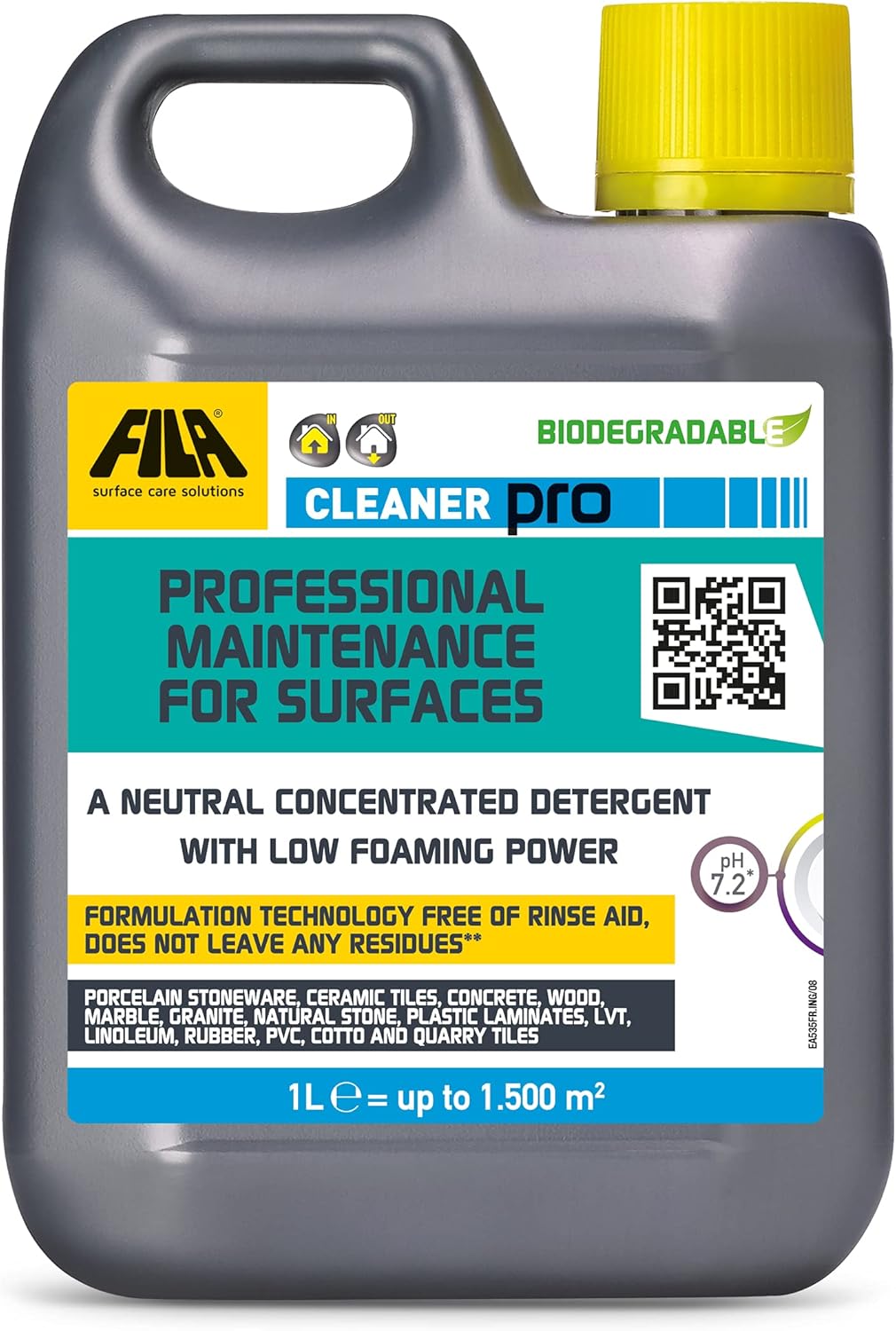
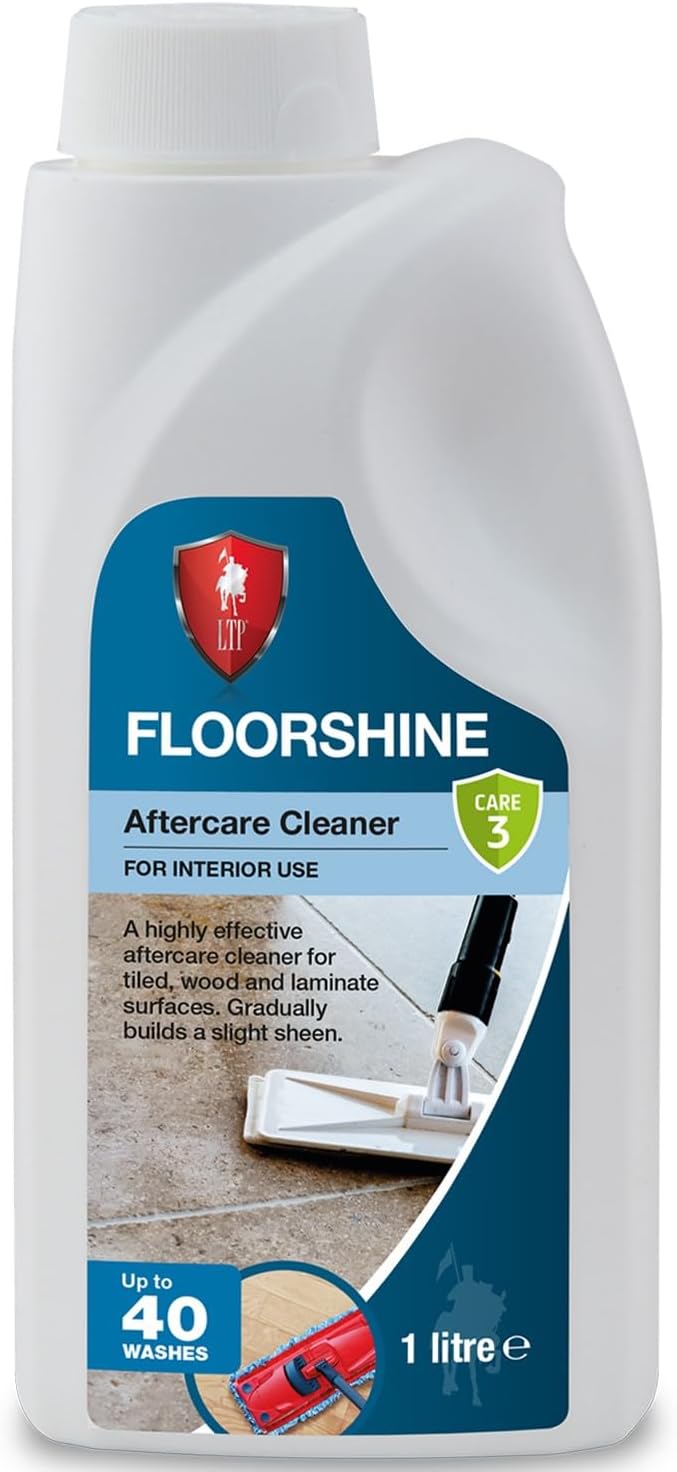
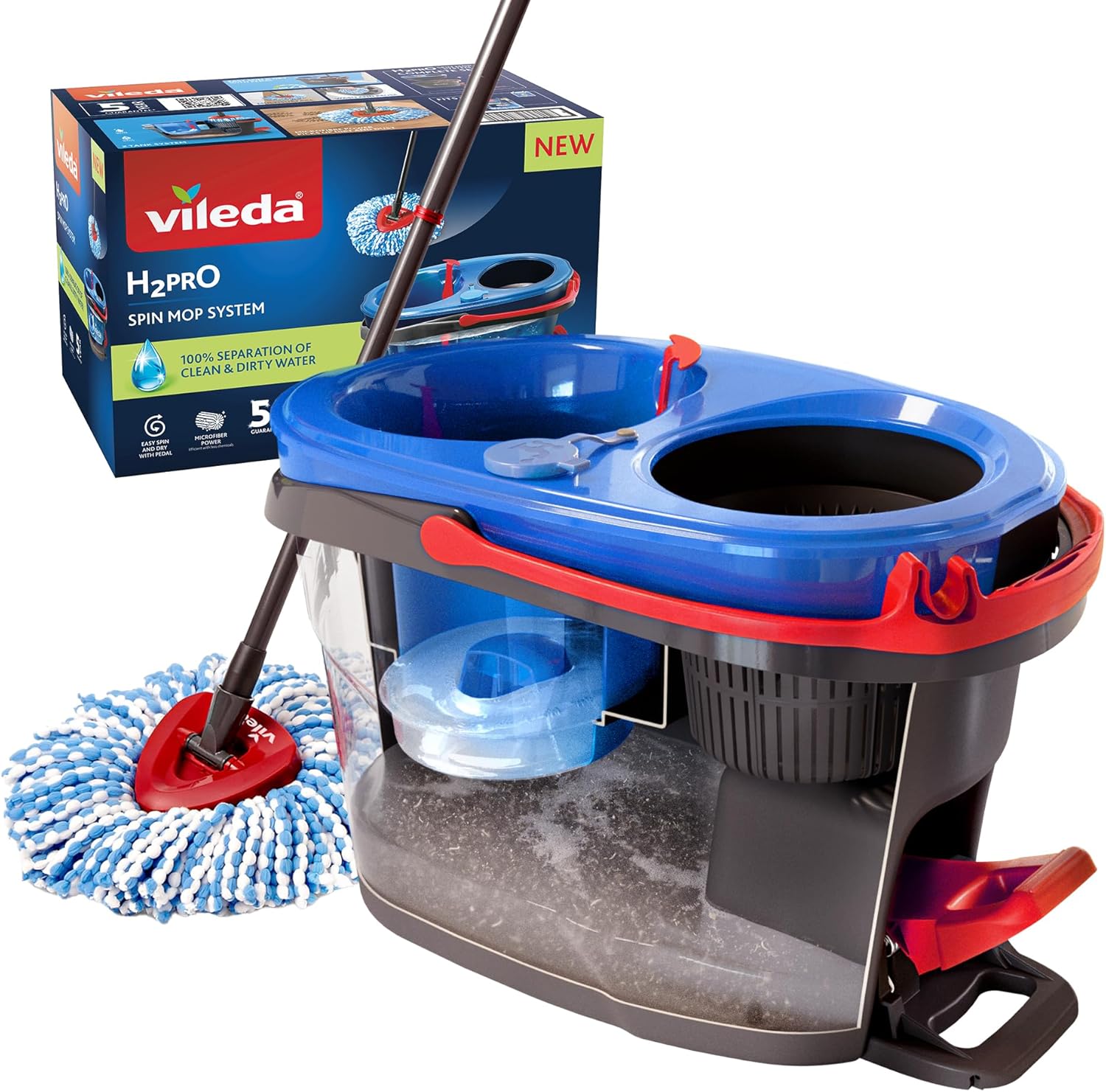
Comments are closed